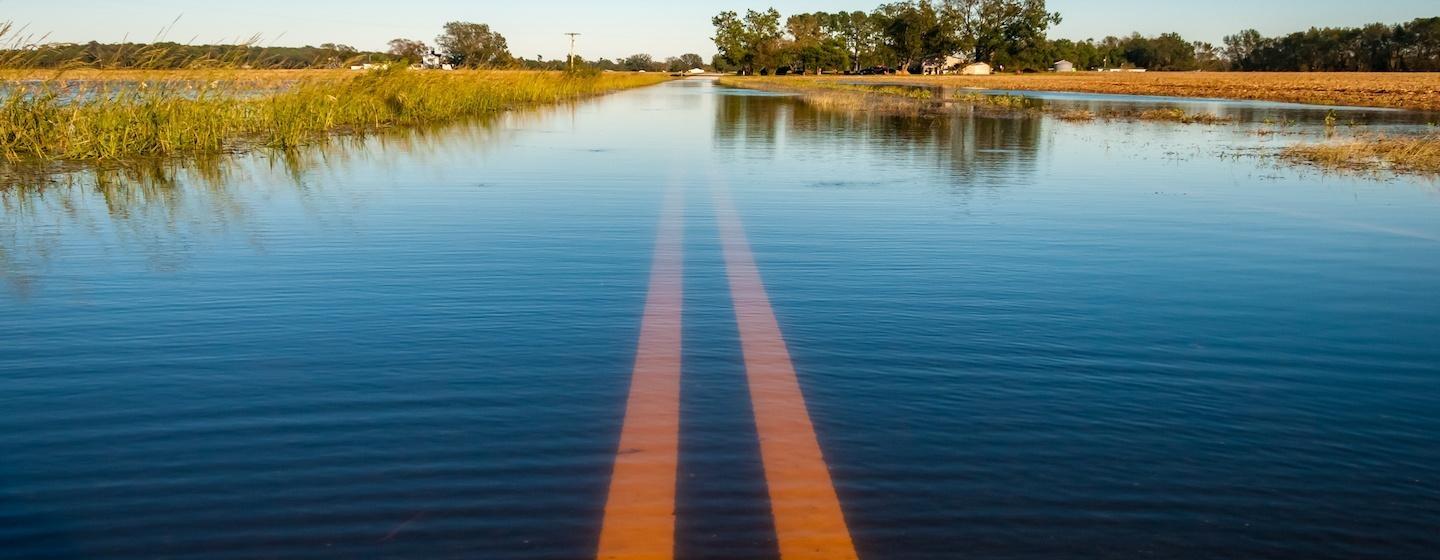The Climate Change Lessons from a Summer of Flood Disasters


Despite the record breaking and deadly drought and wildfires in the Western United States and other parts of the world, it has been a summer of multiple flash-flooding events. Several people died and millions of dollars in property damage was reported in Western North Carolina as the remnants of Tropical Storm Fred swept through the area this month.
That's on top of a record-breaking rainfall of 17 inches hit Tennessee, letting loose a biblical torrent of water that swept through the area. Cars were tossed around like toys, homes were floated off foundations and 22 people died. And last month, more than 220 people died, 700 hundred were injured and towns were swept away after 12 hours of record-breaking rain fell on Germany.
Similar disasters killed hundreds and caused billions in property damage in China and India.
Now, a new report by researchers with the World Weather Attribution project found that the summer floods were made up to nine times worse because of climate change.
The reason is pretty simple.
Climate change warms the atmosphere. Warmer air can hold more water which helps to intensify downpours.
"These floods have shown us that even developed countries are not safe from severe impacts of extreme weather that we have seen and known to get worse with climate change," Friederike Otto, associate director of the Environmental Change Institute at Oxford University, said in a statement. "This is an urgent global challenge and we need to step up to it. The science is clear and has been for years."
Since preindustrial times, the world has warmed by nearly 2 degrees Fahrenheit. For every 1.8 degrees of warming, studies show, the atmosphere holds 7 percent more moisture. When conditions are right, that moisture is unleashed, and that's exactly what is being seen this summer.
According to the latest National Climate Assessment, the amount of rain falling during heavy storms in the Southeastern U.S. over the period between 1958 and 2016 has increased by nearly a third.
See below for a Sci NC story on watersheds study that has since 1934 documented the increased rainfall from climate change in Western North Carolina.
The United States Forest Service's Coweeta Hydrologic Laboratory has recorded watershed data from the NC mountains since 1934. The information reveals a wealth of information about climate change